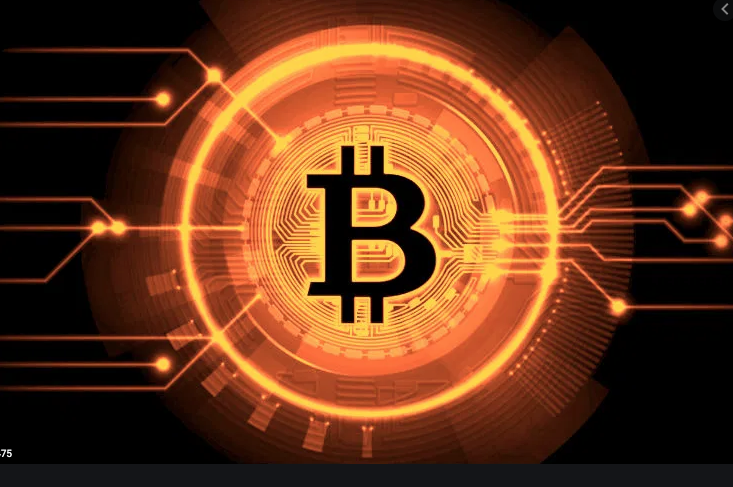Stagflation Cometh
A gentleman who does work for us sent me a text recently saying the price of his supplies has increased 20 percent, so he wants to increase his monthly fee 10 percent. It was a nice way to ask and I said sure, especially given that he’s willing to take a haircut on his labor to make the increase more palatable.
Chairman Jerome Powell would be happy to hear this story as the Federal Reserve prints mightily to push the CPI (consumer price index) to two percent and beyond. Though perhaps Chairman Powell would prefer my tradesman would pass a full 20 percent price increase to me.
In a town with a double-digit unemployment rate, price increases are hard to pass on. Although I noticed while shopping for Thanksgiving a small bag of pine nuts was a full $2 more than the unused, but unfortunately stale, bag I had purchased a year ago.
The Washington Post reprinted a piece from Bloomberg, penned by Ben Holland, with the curious title “With No Inflation in Sight, Why the Inflation Debate?” On one hand, fiscal stimulus is and will be racing through main street, some people say. Others claim “the pandemic hasn’t altered the dynamics of the past dozen years or so when deflation, rather than overheating, has been the big threat.” I might butt in and mention all stimuli have headed for Wall Street: stocks, bonds, crypto-currency, and single-family housing.
In 2008, before the markets hit the fan, the Federal Reserve’s balance sheet was a steady $900 billion. As of February 17, central bank assets footed to 8.44 times that quaint number, nearly $7.6 trillion. The Fed grows its assets by purchasing assets. With what? Fed credit, or, out of nowhere, if you will.
Normally, Fed asset purchases would put lendable funds into the commercial banking system and banks would make loans and thus create money. However, commercial bankers have kept their powder dry and the regulators off their backs. Holland writes, “the “velocity” of money — the frequency with which it changes hands, as people use it to buy goods and services — fell off in 2008 and never recovered. In 2020, it collapsed to unprecedented lows, about half the level seen in the prior decade. Money hoarding because of the uncertain outlook partly explains the phenomenon.”
The Austrian school, however, debunks the idea that the speed at which dollars turn over has anything to do with price levels. Frank Shostak wrote on mises.org, “Since velocity is not an independent entity, it as such causes nothing and hence cannot offset effects from money supply growth.”
Money velocity is the result of the equation: price level times aggregate real value of transactions in a given time frame divided by total nominal amount of money in circulation on average in the economy. Murray Rothbard scathingly wrote, “But it is absurd to dignify any quantity with a place in an equation unless it can be defined independently of the other terms in the equation.”
Mr. Holland then claims that households are flush. People have money burning holes in their pockets and when they start spending, look out. But according to magnifymoney.com, “more than half [of U.S. consumers] say they only have $3,000 or less combined in their savings and checking accounts,” wrote Mark Kiczalis, “31% of American households say they or someone in their family has used all or most of their savings during the coronavirus crisis.”
The M-2 money supply has increased $4 trillion from March 2020 to today, a 26 percent increase. And prices are beginning to show it. “AutoNation,” writes Wolf Richter on Wolf Street, “bragged about a number of records, all of them related to higher prices and stupendous growth in high profit margins, a sign that consumers are willing to pay those higher prices and that they have kissed their hopes for good deals goodbye.”
Richter points out that sales volumes are down, but, “Gross profit per new vehicle sold – the difference between the cost of the vehicle and the selling price – jumped by 50%...” He goes on to write, “So if folks out there say that they cannot see the inflation, I would encourage them to look at industry data…” Those prices are rising, leading to large profit margins until these companies’ costs begin to rise. “ This phenomenon is now cropping up everywhere.”
Maleeha Bengali writes for RealMoney.com, “everyone assumes that once the central banks keep pumping the system with enough money, economic growth will eventually happen. That is what Fed officials are hopeful for.”
Yes, hope springs eternal. While we see “signs of inflation as every single commodity has been shooting higher since last year from Soya, Lumber, Corn, Copper, Steel, and Iron Ore, etc.,” Bengali writes, “But what about GDP growth?”
Gross Domestic Product dropped 2.3 percent last year. January didn’t start all that great with “not seasonally adjusted,” retail sales plunging 17.3 percent in January from December. “Not seasonally adjusted” auto sales dropped by 11.9% from December, according to Wolf Richter. “In January, ‘not seasonally adjusted,’ building materials, garden supply and equipment stores sales plunged 10.7% in January from December.” Department store “not seasonally adjusted” sales were down a whopping 41.6 percent in January compared to the previous month. Furniture store sales were down 13 percent.
If zero interest policies and other forms of financial repression were not hard enough on the average person, wait till it’s followed by stagflation.






